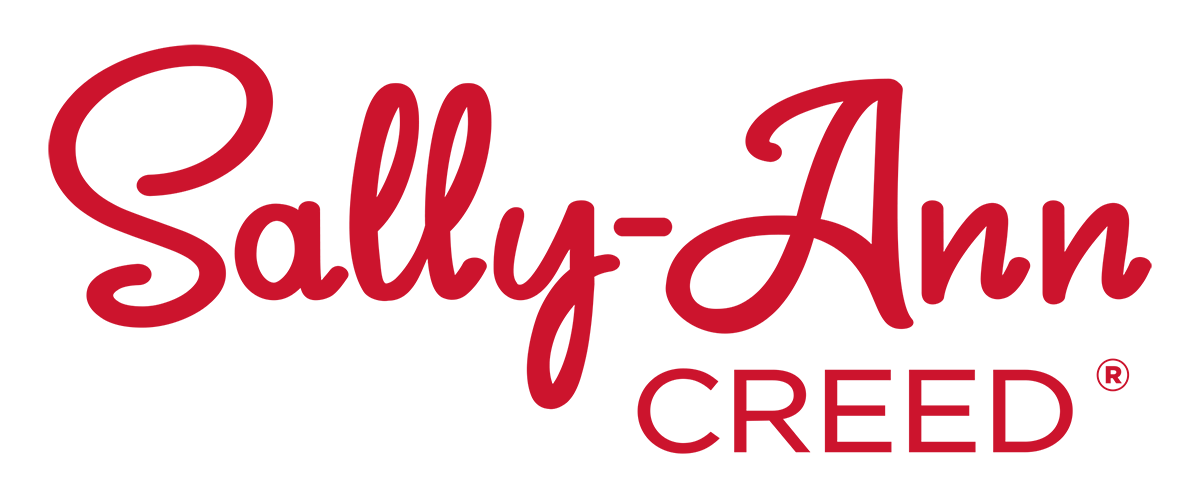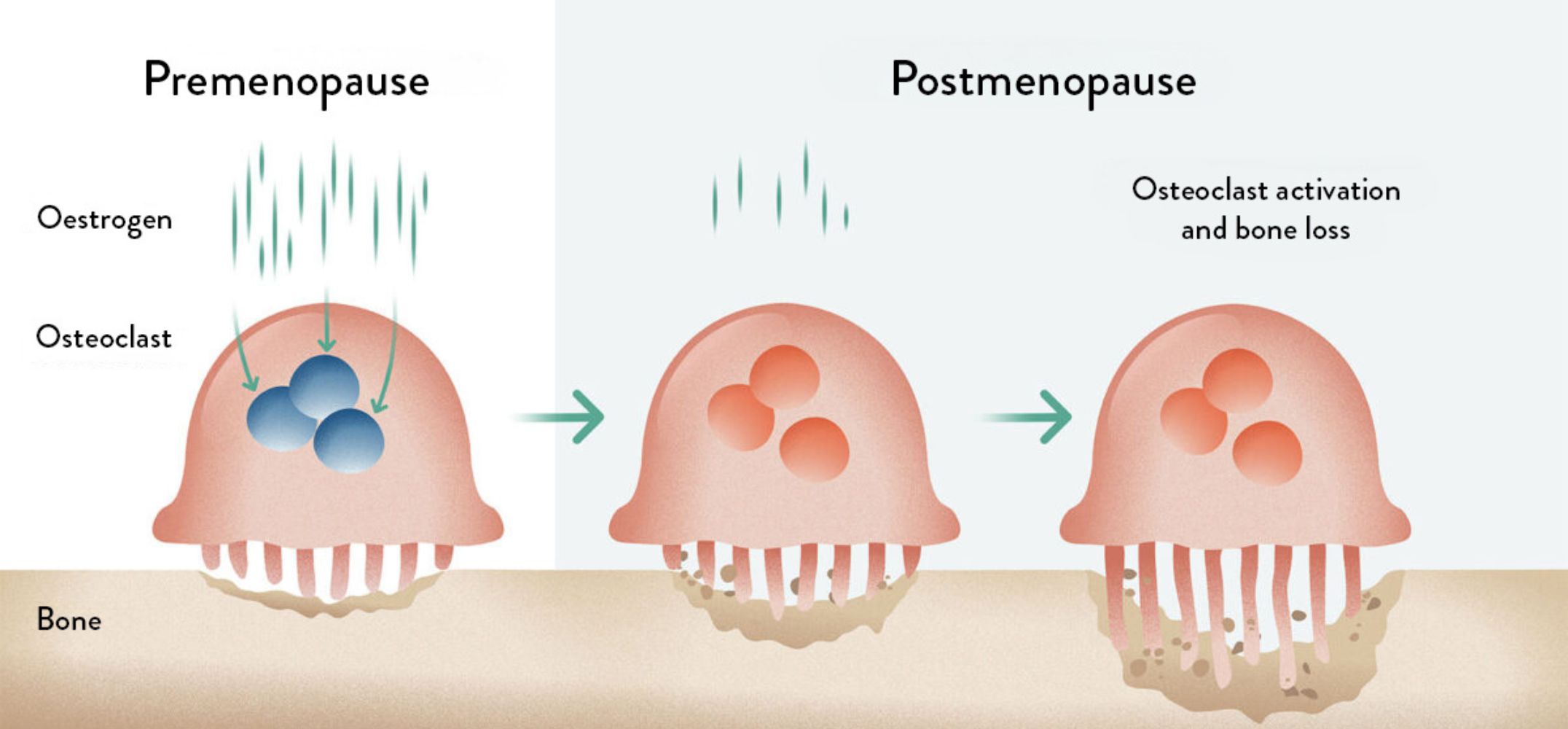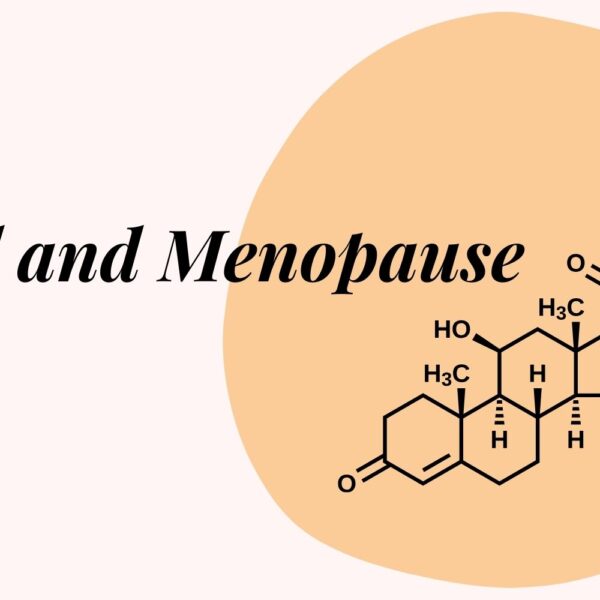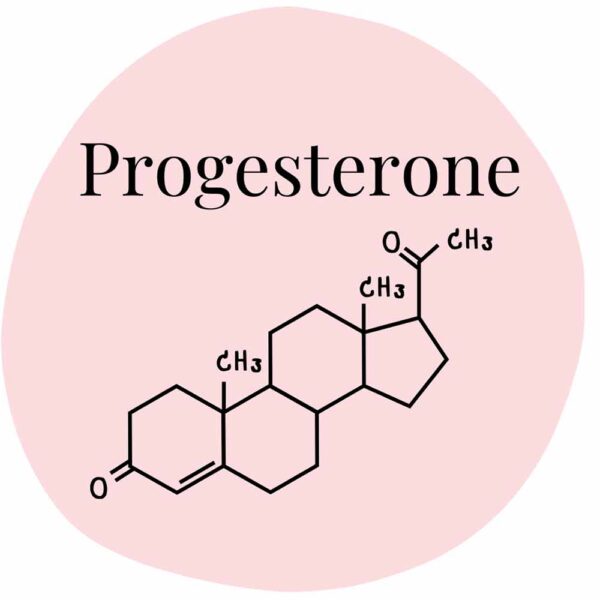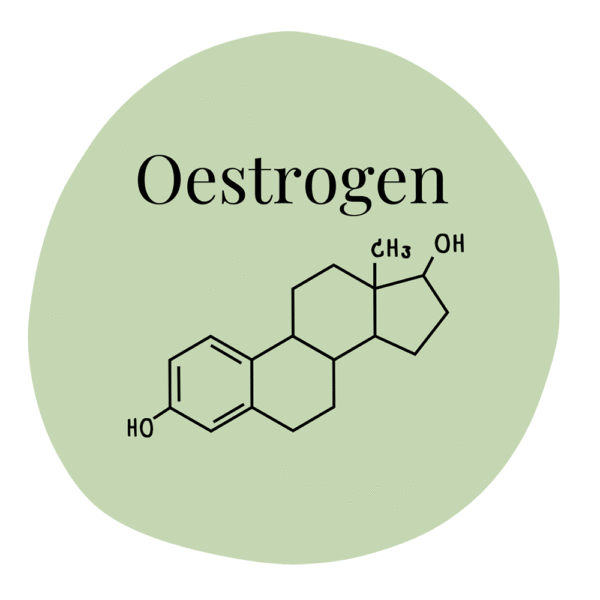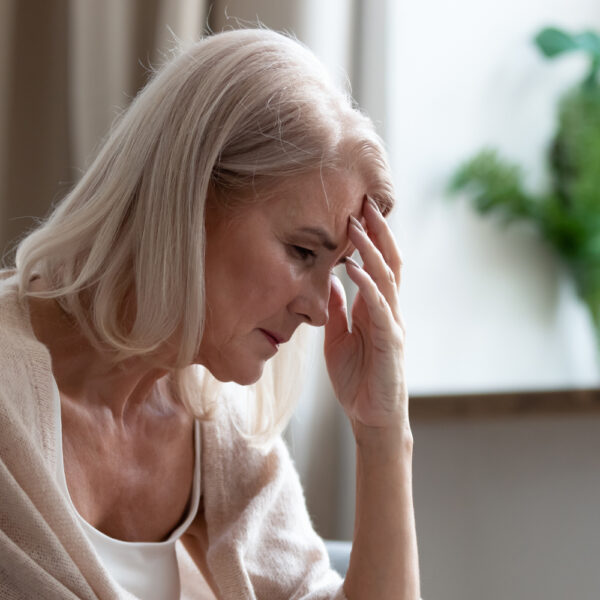The image above depicts how oestrogen affects bone mass. Oestrogen helps regulate osteoclasts, the cells responsible for breaking down bone. When oestrogen levels drop during menopause, osteoclast activity increases, leading to faster bone loss and a higher risk of osteoporosis.
Some facts:
-
Women typically reach their peak bone mass around the age of 30.
-
After that, bone mass remains relatively stable until about one to three years before menopause, when bone loss begins.
-
This loss occurs at a rate of about 2% per year and continues for five to 10 years.
-
As a result, women experience an average reduction of 10-15% in bone mineral density (BMD) during the menopause transition.
Why are women at an increased risk of bone mass loss during menopause transition? During hormonal shifts, as oestrogen (the main hormone in maintaining bone density) rapidly declines, bone breaks down at a faster rate than the body can grow new bone tissue.
Tips for bone health:
 The favourite nutrients for bone health are:
The favourite nutrients for bone health are:
- Vitamin K: Important for bone density, as it activates osteocalcin (protein helping bind calcium to bones) and reduces bone breakdown as it regulates osteoclasts (cells that break down bone)- slowing bone loss. More so, vitamin K supports calcium balance along with vitamin D to direct calcium to bones instead of arteries, reducing the risk of calcification.
- Vitamin D: Helps our body absorb calcium from our food. Without enough vitamin D, even if you consume plenty of calcium, your body won’t absorb it properly.
- Calcium: The ‘building block’ that’s stored in our bones. Incredibly important for maintaining bone mass.
- Magnesium: Supports calcium absorption (like vitamin D), stimulates bone formation by activating osteoblasts, and regulates osteoclasts to maintain bone density.
- Hydrolysed Bovine Collagen: Supports bone health by providing essential amino acids, stimulating osteoblast activity, enhancing calcium absorption and reducing bone loss.
 Exercise cannot be stressed enough. Weight-bearing and muscle-strengthening exercises like walking, jogging, lifting weights and gym help build bones and keep them strong.
Exercise cannot be stressed enough. Weight-bearing and muscle-strengthening exercises like walking, jogging, lifting weights and gym help build bones and keep them strong.
 Lifestyle choices such as smoking and alcohol consumption, have been linked to increased bone loss.
Lifestyle choices such as smoking and alcohol consumption, have been linked to increased bone loss.
 Again, another reason why it is so important to have a trusted and caring health care professional. You can speak to them regarding bone density assessments such as DEXA scans, treatments like bisphosphonates or hormone replacement therapy (HRT) or newer treatments which might look like an injection given every six months.
Again, another reason why it is so important to have a trusted and caring health care professional. You can speak to them regarding bone density assessments such as DEXA scans, treatments like bisphosphonates or hormone replacement therapy (HRT) or newer treatments which might look like an injection given every six months.
